Headingley Station

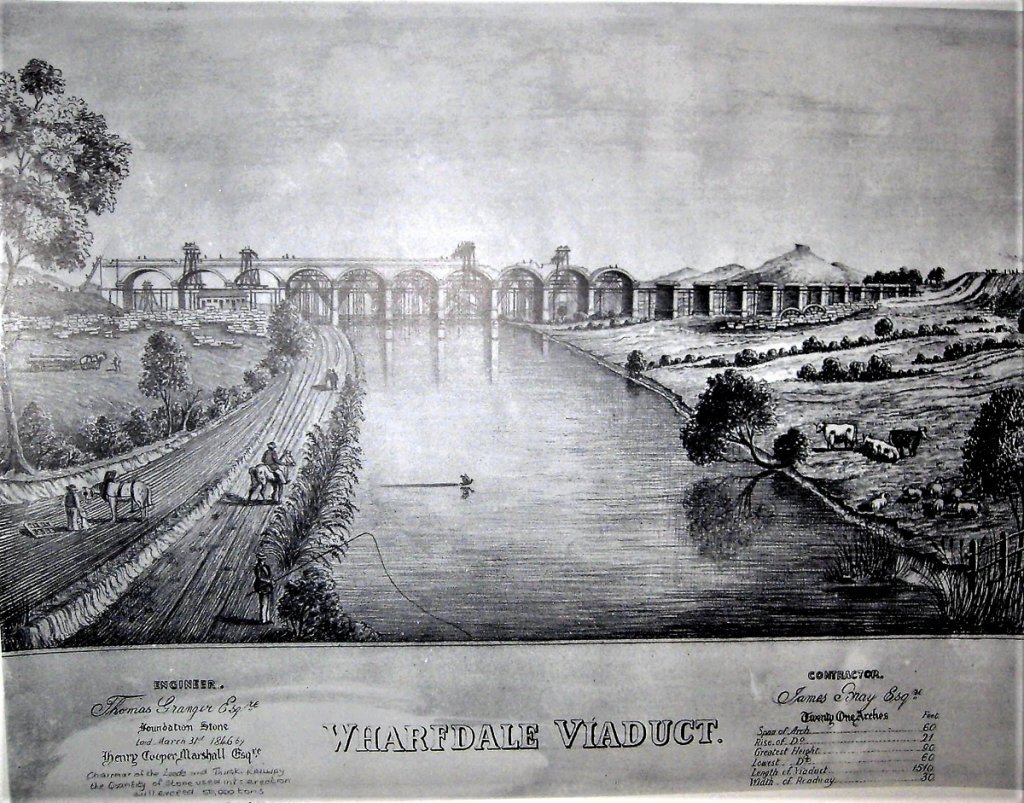
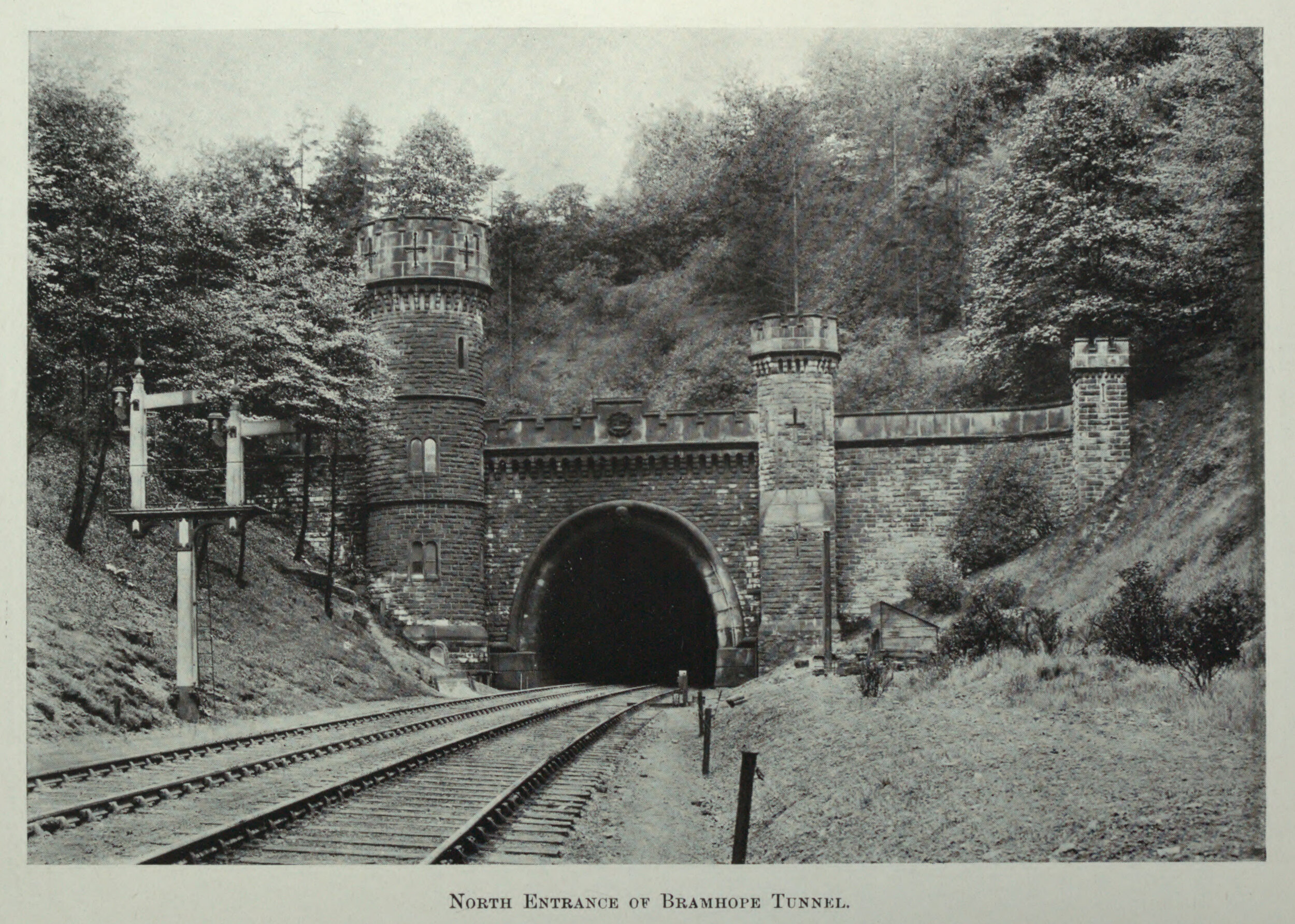


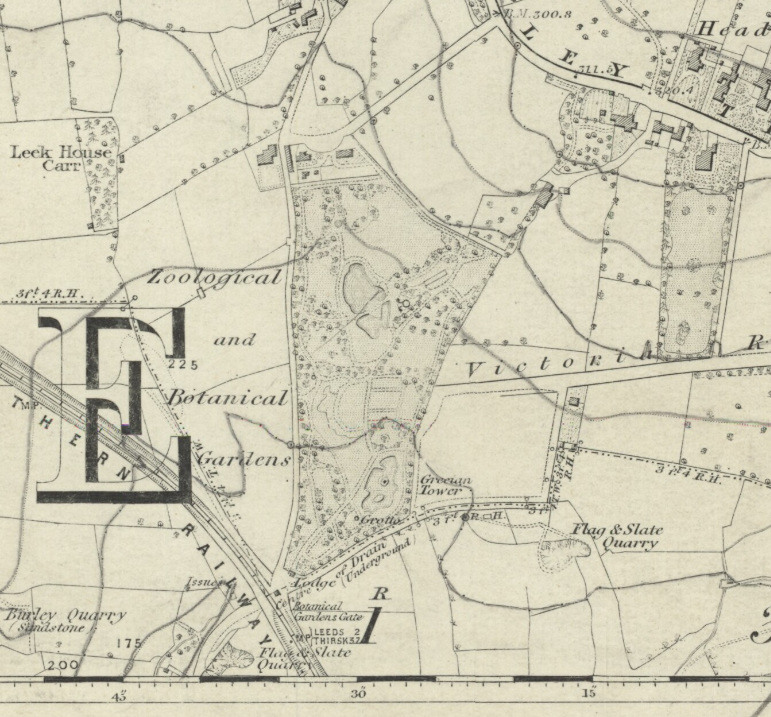
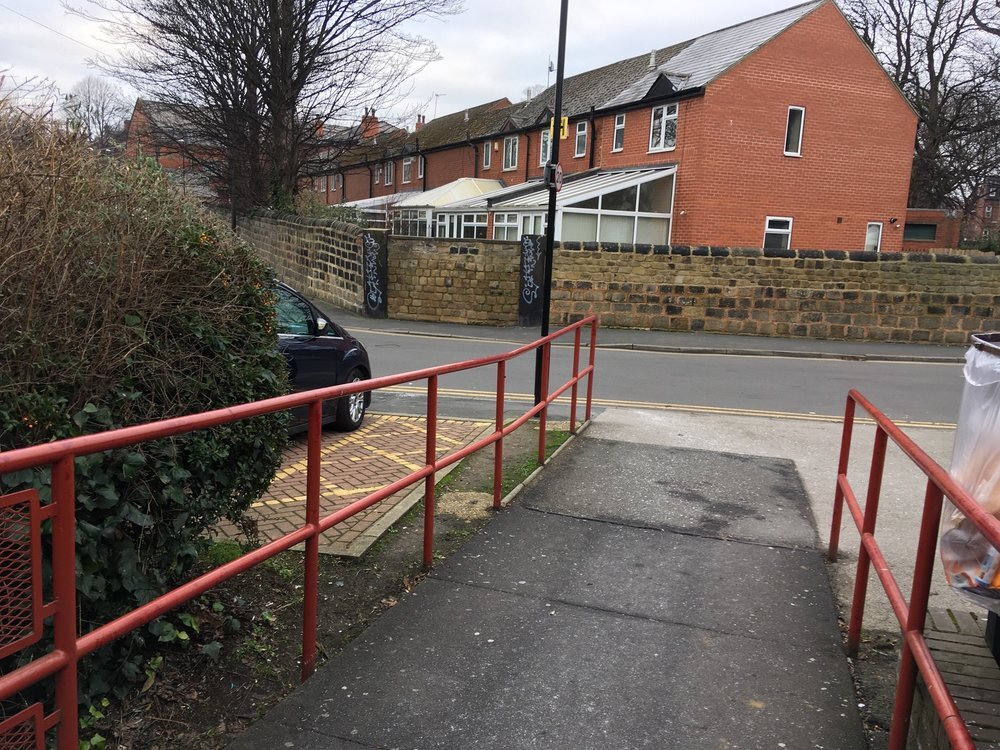
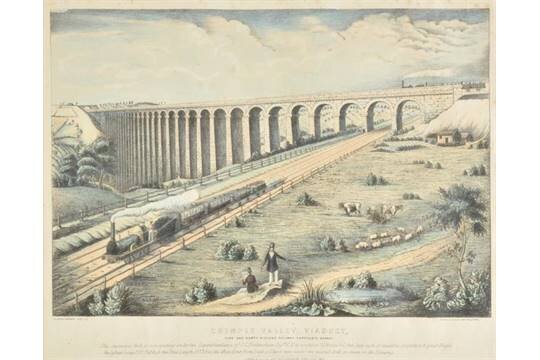
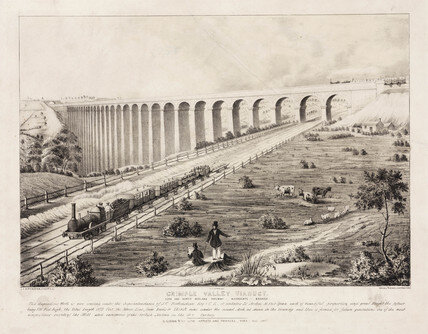

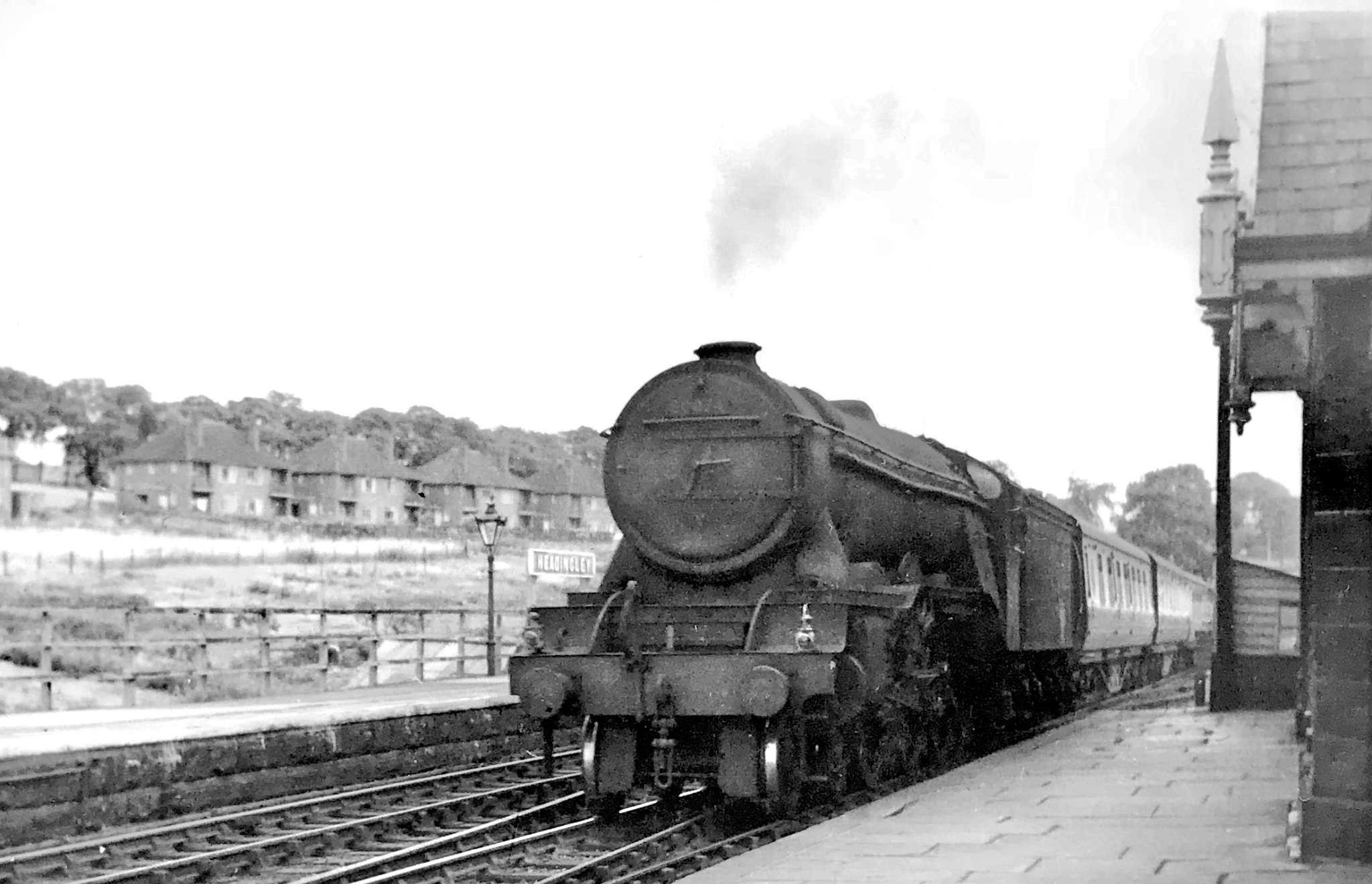

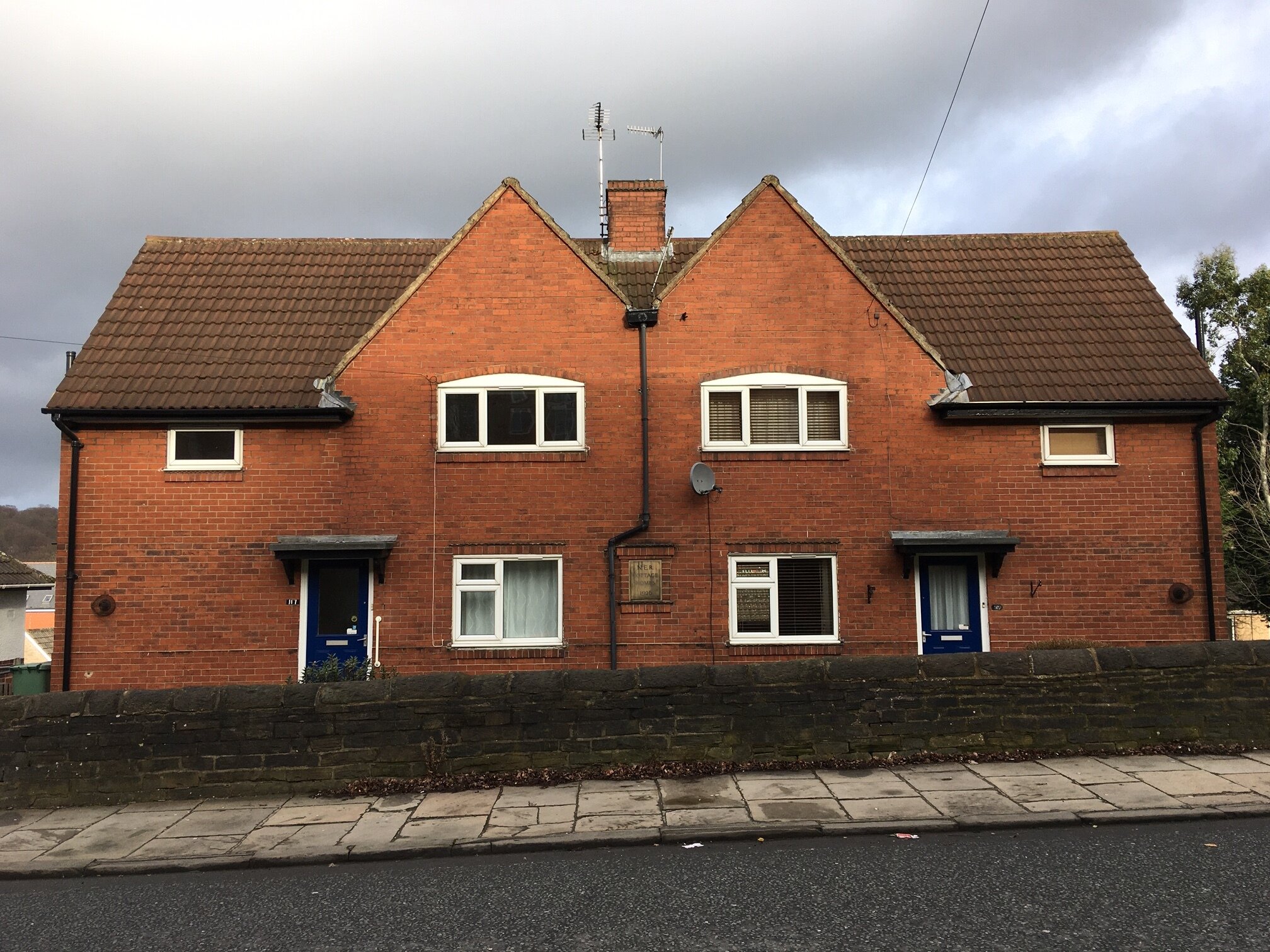

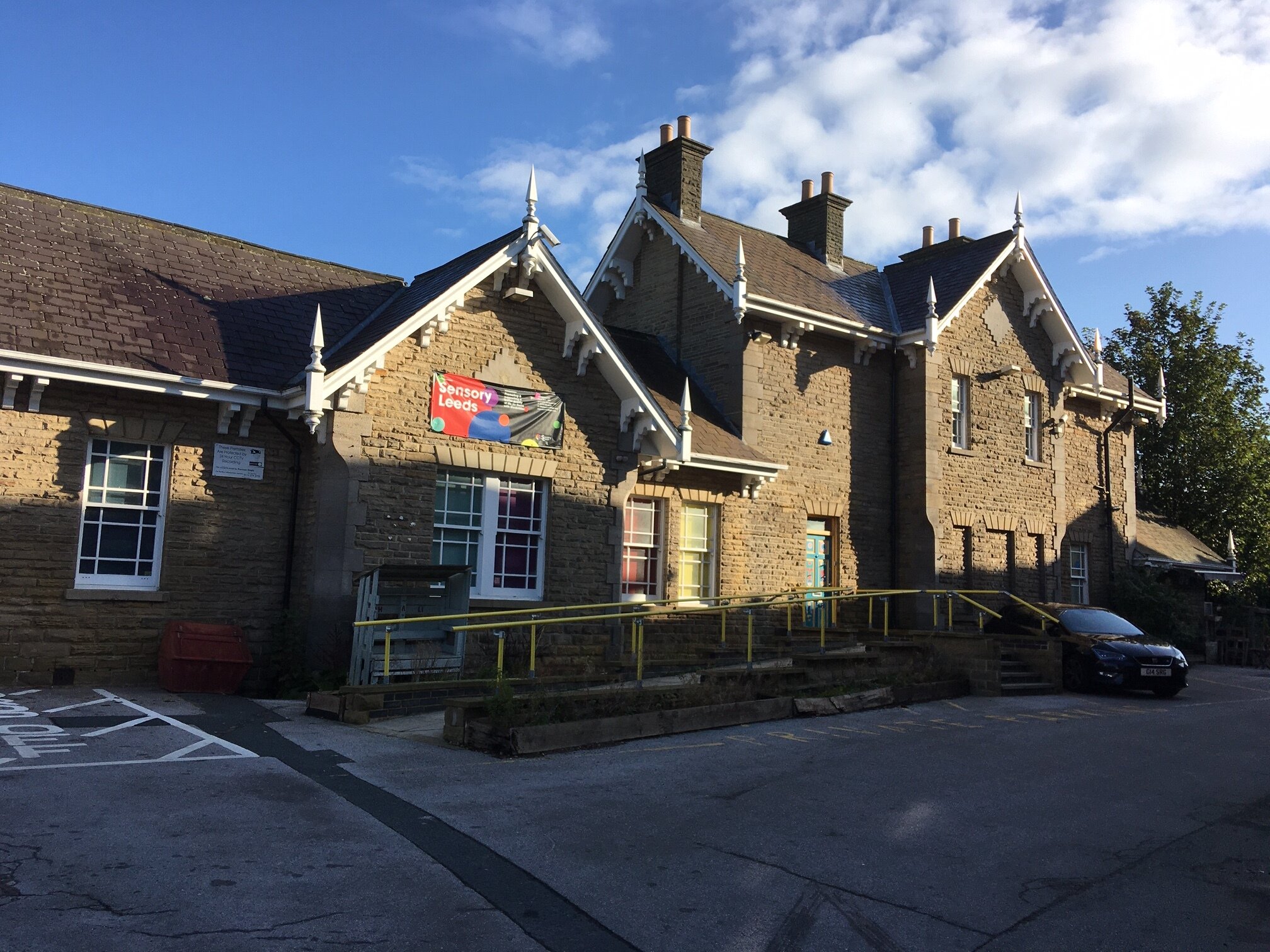
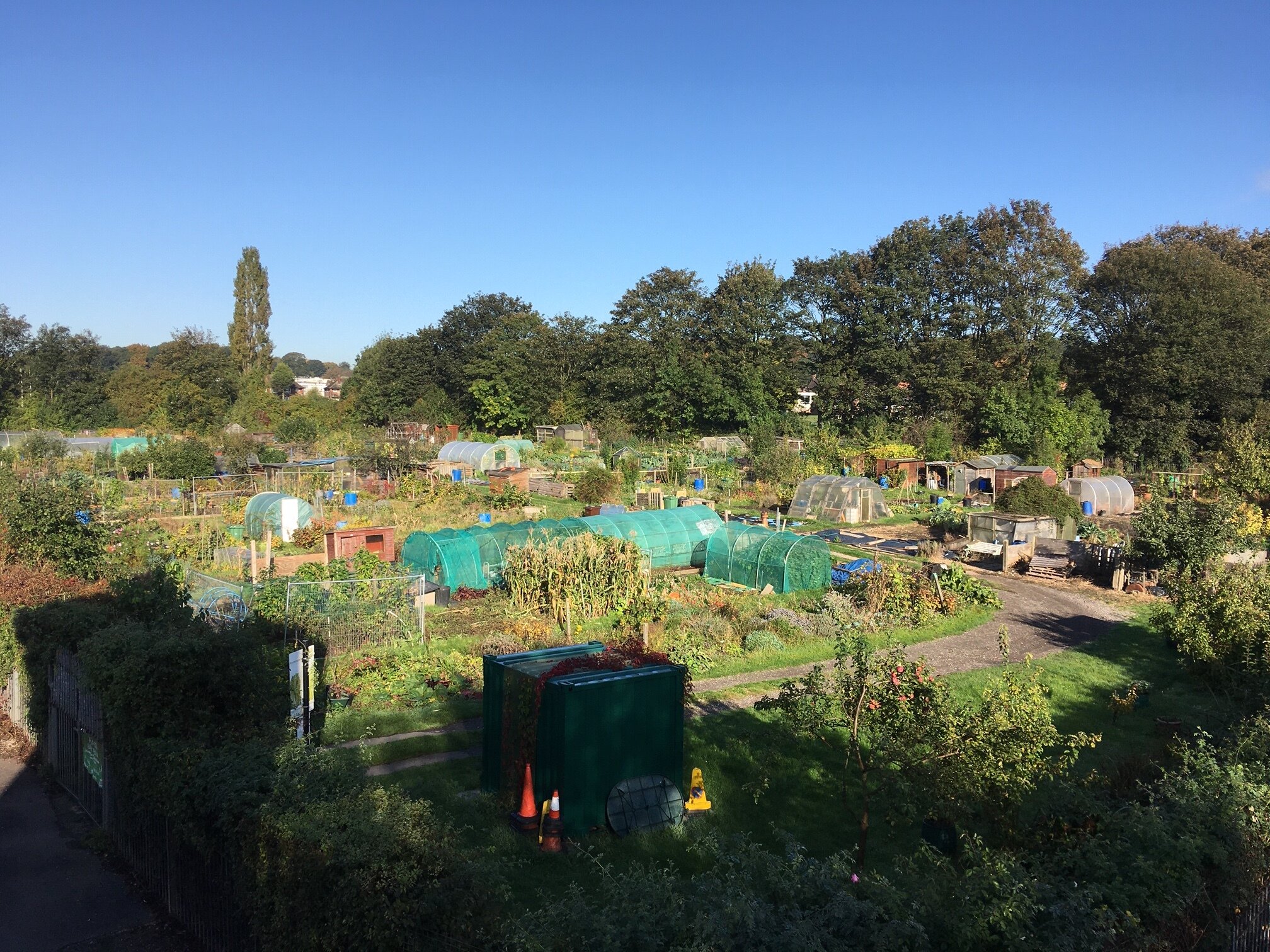
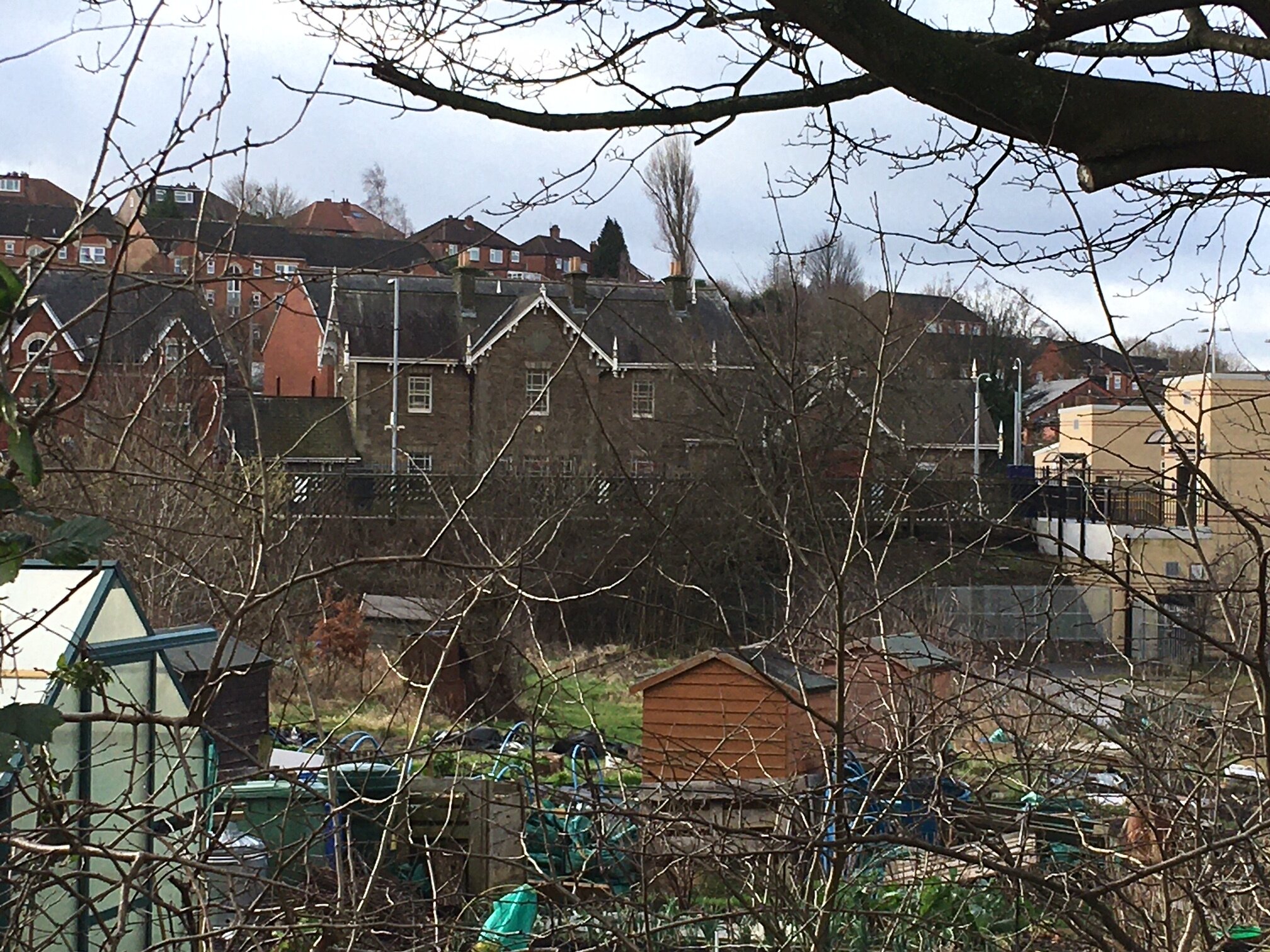
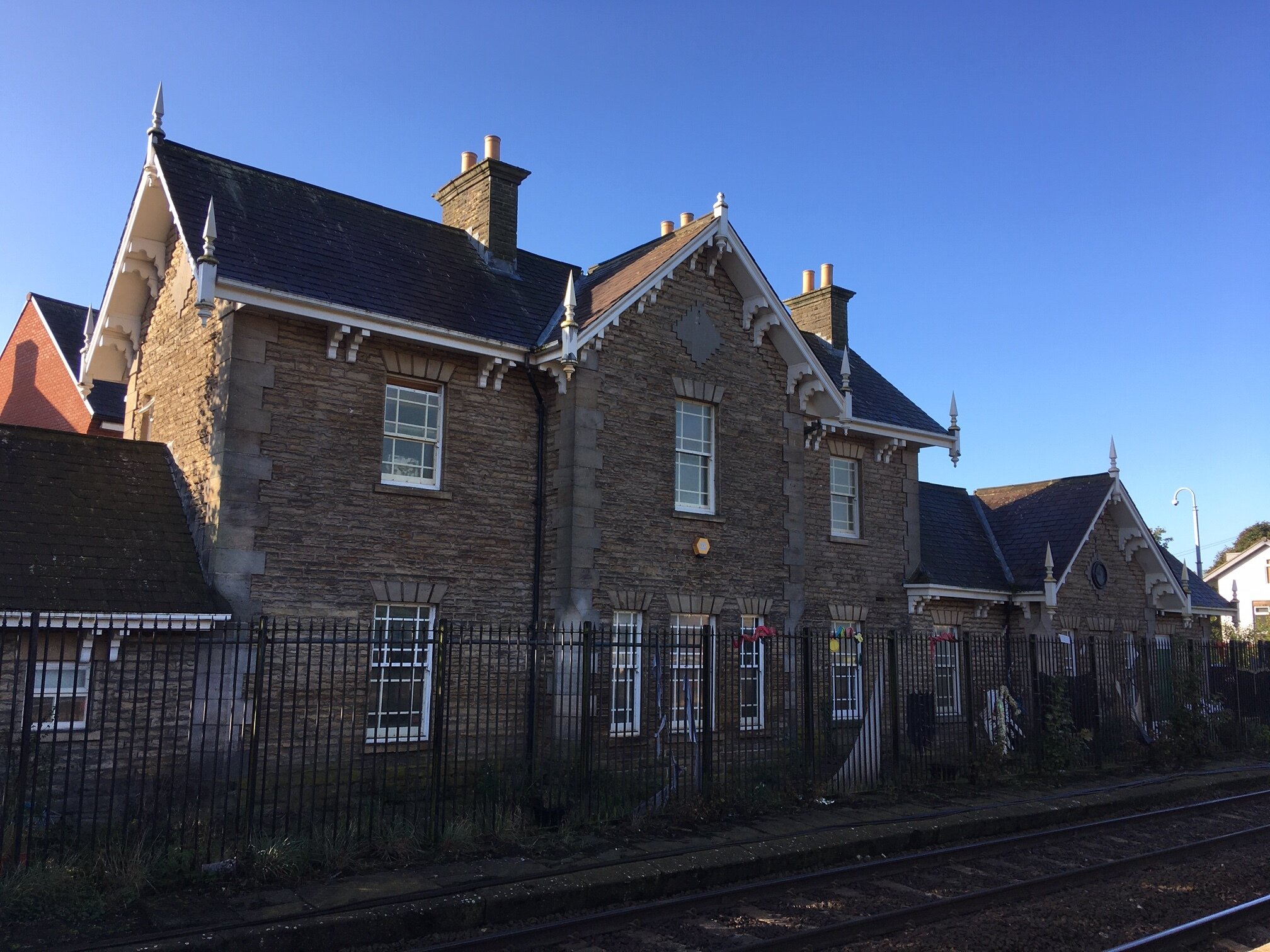

Headingley Station was opened in 1849, by the Leeds & Thirsk Railway, and straight away gave Headingley access to Leeds in one direction, and via Harrogate and Ripon, to Thirsk in the other. Since then, its connections have expanded and contracted, along with the country’s railway system. This rise and decline is outlined below. See also the Train page.
Photographs by kind permission of Richard Tyler (RT), Helen Pickering and Leeds Library & Information Service. Some of these photos are copyright and should not be reproduced without the owner's permission. Every effort has been made to contact all copyright owners. We would be pleased to rectify at the earliest opportunity any omissions and errors brought to our notice.
Headingley Station
Travel from Headingley to Leeds was greatly improved by the turnpike road authorised in 1755, and then made much easier by a regular bus service from 1838. Eleven years later, the railway made travel faster still, and 2019 marked the 170th anniversary of Headingley Station.
The Station was opened in 1849 by the Leeds & Thirsk Railway (L&TR) Company, when the line from Harrogate to Leeds was completed, and was doubtless designed by Thomas Grainger, the Company’s engineer. It was a typical sturdy stone Victorian railway building, on a hillside. A cutting led to a tunnel under Kirkstall Lane to the east, a goods yard with coal sidings and coal drops was cut into the hill to the south, and the line crossed a bridge over a lane, with coal sidings and coal drops on an embankment to the west.
The Company was set up in 1845, and by 1848 had completed the line from Thirsk via Ripon and Harrogate to Weeton. The remaining section to Leeds involved two viaducts, over the Wharfe and the Aire, but the main obstacle which delayed the line was the two-mile Bramhope Tunnel (24 men were killed during its construction; they are commemorated in Otley churchyard by a monument that is a replica of the tunnel's north portal).
Another local obstacle (ironically) was two of the Directors of the Company, who were Headingley residents, Henry Cowper Marshall (Chairman) and Christopher Beckett. The Marshall family (industrialists famous for Temple Mill), formerly of New Grange, now lived at Headingley House (north of Kirkstall Lane), while the Beckett family (bankers, who gave their name to Beckett Park) succeeded the Marshalls at New Grange. Both made sure that the new railway line skirted round the edge of their estates – and thereby ensured that the Station (initially named Headingley & Kirkstall) ended up in the middle of fields, a mile away from Headingley village!
However, it was also useful that HC Marshall was so powerful in the Railway Company. He was an investor in the Leeds Zoological & Botanical Gardens, which he bought when the Gardens failed in 1848, and then leased them to Thomas Clapham as Leeds Royal Gardens. Headingley gained a second station when Marshall organised the Royal Gardens halt at the southern end of the Gardens (though it closed in 1857, shortly before the Gardens themselves closed).
The completed line through Headingley finally opened on 9 July 1849 when three trains carried 2000 shareholders from Leeds to Thirsk and back.
The new railway immediately gave speedy access from Headingley to Leeds. The original terminus was at a temporary station, on Wellington Street (opened in 1846). In 1854, the terminus relocated to the new Leeds Central Station, also on Wellington Street (which eventually closed in 1967). (Meanwhile, for other lines into Leeds, Wellington Station was built beside City Square in 1850, and New Station was built next door in 1869.)
But the railway also gave Headingley access outward-bound to the north. It ran via Horsforth, Arthington, Weeton and Pannal, through the Crimple Valley, under the Crimple Viaduct, to Starbeck, which was then the Company’s Harrogate station (in 1862, the Pannal Loop took the line through a sharp right-angle turn back over the Viaduct, to a new central Harrogate station) [the Crimple Valley gave its name to Crimplene]. Thence the line ran on to Ripon and to Thirsk, where it joined the Great North of England Railway (later merged into the York, Newcastle and Berwick Railway, YN&BR).
However, this was only the beginning of the northern railway connections – Headingley benefited from the Railway Mania of the 1840s. The L&TR was one of the companies set up then (in 1845). The East and West Yorkshire Junction Railway (E&WYR, set up in 1846) built a line from York to Knaresborough in 1848, to which the L&TR connected in 1851 (E&WYR then merged with the York & North Midland Railway [Y&NMR, 1839] in 1852). A line linking Harrogate and Church Fenton via the Crimple Viaduct was opened by the same Y&NMR in 1848. In 1851, the L&TR was renamed Leeds Northern Railway (LNR), and gained permission to extend directly from north of Ripon to Northallerton; and the following year 1852, it built a further extension to Stockton, using Yarm Viaduct over the River Tees. In 1854, LNR, Y&NMR and YN&BR merged to become the North Eastern Railway (NER). Finally, in 1865, the NER built a line from Arthington to Otley; and in the same year, an extension to Ilkley was opened, constructed jointly by NER and Midland Railway.
It was now possible to travel from Headingley, not only south to Leeds on the Aire, but also north to Harrogate, and to Otley and Ilkley on the Wharfe, to York on the Ouse, even to Stockton on the Tees.
In the next hundred years, connections from Headingley steadily improved. The suburbs spread around the Station, until eventually all that was left of the green fields were the nearby allotments. Higher platforms became necessary, and since the old low-level platform couldn’t be raised (as the station offices opened on to it), a new platform was built a few yards further down the line towards Horsforth, giving the station an off-set layout. Opposite the coal sidings, a cattle dock and siding was added on the Beckett’s Park side. Further west, there was a level crossing, at the top of Park Mount (formerly Church Lane), while further east, a footpath ran down to the station from the Kirkstall Lane bridge (now overgrown). In the 1920s, NER built a number of ‘cottage homes’ just south of the station on Kirkstall Lane (nos 111-113, 115 and 117-119, each with a plaque, dated 1922, 1928 and 1926 respectively). Occasionally, the circus trains for Billy Smart’s Circus were stored on a siding east of the goods yard (the animals were off-loaded and paraded down to Woodhouse Moor).
Under the Railways Act 1921, the local North Eastern Railway was amalgamated with other regional railways to form the London and North Eastern Railway (LNER), one of the new Big Four railway companies (along with Southern, Great Western and London, Midland & Scottish). Then in 1938, New Station and Wellington Station in Leeds were combined to form Leeds City Station, on City Square, and in 1967, when Central Station closed, its services were transferred there. The Headingley line now terminates there, giving direct access to Leeds city centre. Ten years later, under the Transport Act 1947, onward connections locally and nationally were finally unified when the whole rail network was nationalised as British Railways (later just British Rail).
But after a century of improvement, connections from Headingley Station were drastically reduced. In 1964, the Harrogate-Church Fenton line was closed – the first of Dr Beeching’s casualties. The Beeching axe fell in 1965, with the publication of his Report. In that year, the line to Otley and Ilkley was closed. And then in 1967, the original Harrogate-Thirsk-Northallerton line was also closed. Headingley Station was left with just the remaining line to Harrogate, and the connection to York – what is now the Harrogate Line.
To add insult to the injury to the railways, thirty years later, under the Railways Act 1993, the railway system was privatised, reverting to the multiplicity of rail companies which prevailed in the nineteenth century. There are now five different companies operating services out of Leeds Station. From 2016, the Harrogate Line was run by Northern, a subsidiary of Arriva UK Trains - but in March 2020 it returned to public ownership, as Northern Trains Limited.
Prior to the Beeching axe, a number of stations were closed between Harrogate and York, in 1958. And about the same time, the original Headingley Station building and the platform it stands on were sold by British Rail (which gave its employees first refusal on the building). They are now privately owned, and as such, have had a number of uses, as a print works and a support centre, among others. For a while, the coal yard was used as a coach-hire depot; and now the whole goods yard has been developed for housing. However, from 1989, the building and platform have had protected status, when they were Listed Grade II. And to improve access to the remaining station, lifts to both platforms were installed in 2019.
Despite the station losses, there have also been additions to the line, and one of these was the restoration of a second station in Headingley – Burley Park Station was opened in 1988, probably on the very site of the former Royal Gardens halt.
Through its railway stations, Headingley retains its connection with Leeds city centre – as well as with at least some Yorkshire towns to the north, Harrogate, Knaresborough and York.
Richard Tyler, Headingley Development Trust, 2019, revised 2020
Thanks to Eveleigh Bradford for information (see also, Eveleigh’s book Headingley, 2008) and to Malcolm Hindes for further advice. See also Lost Railways of West Yorkshire


